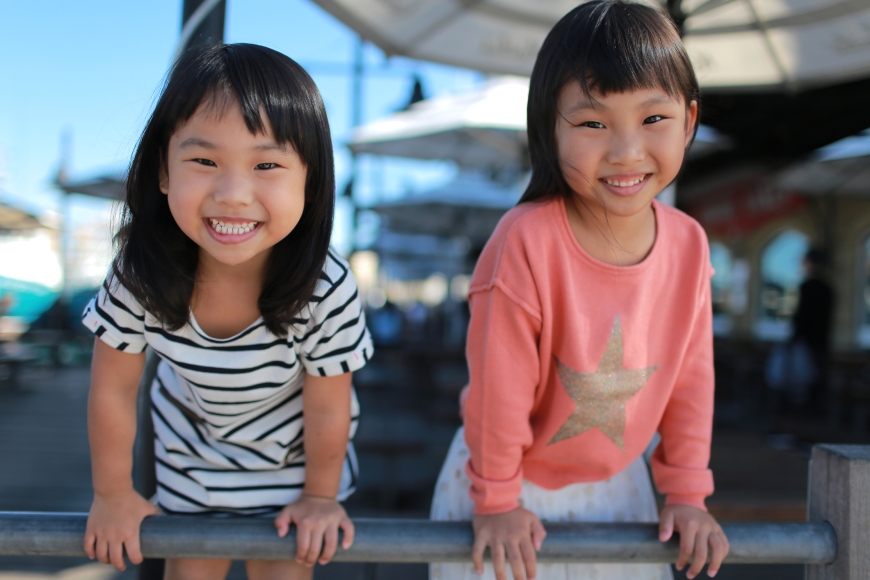What are Children's Rights?

Children as well as adults have human rights.
As well as the human rights that are laid out in the Universal Declaration of Human Rights, children and young people are entitled to additional rights which recognise that young people have special needs to help them survive and develop to their full potential. Children also have the right to special protection because of their vulnerability to exploitation and abuse. The specific rights of children are laid out in the Convention on the Rights of the Child.
What is the Convention on the Rights of the Child (CRC)?
The Convention on the Rights of the Child is an international human rights agreement (also known as a human rights treaty) that outlines the specific rights that children and young people can claim.
By signing up to the Convention, national governments commit to protecting these rights in their countries. Nearly every country in the world has committed to the Convention, making it the most widely supported human rights treaty.
The Convention was agreed to by the United Nations General Assembly and came into force in September 1990. Australia ratified the Convention in December 1990. By ratifying - or in other words, formally approving - the Convention, Australia committed to ensuring that all children in Australia enjoy the rights set out in the treaty.
To make sure that nations are upholding their responsibilities to children under the Convention, the United Nations also created the Committee on the Rights of the Child. The Committee is a group of 18 independent experts who review the performance of countries who have signed the Convention every 5 years.
Did you know? Only one country in the United Nations has not ratified the Convention on the Rights of the Child - the United States of America.
What's in the Convention?
The Convention on the Rights of the Child covers a whole range of different human rights - civil, political, economic, social and cultural - and sets out the specific ways these rights should be achieved for children and young people. The Convention defines everyone under the age of 18 as a child.
Some of the rights that are contained in the Convention include:
- the right to be treated fairly
- the right to have a say about decisions affecting you
- the right to live and grow up healthy
- the right to be safe no matter where you are
- the right to get an education
- the right to play and have fun!
Read more about the Convention
- Access a simplified version of the Convention from UNICEF (PDF)
- Access a simplified version of the Convention from Save The Children Australia
- See the full text of the Convention of the Rights of the Child
How are children's rights protected in Australia?
Most children and young people in Australia grow up in a safe, healthy and positive environment.
However, some groups of children and young people in Australia continue to lack adequate human rights protections. In particular, children experiencing homelessness or mental health issues, children with disability, children in immigration detention and Aboriginal and Torres Strait Islander children are more likely to be denied their human rights.
As part of our responsibility to monitor and promote human rights in Australia, the Australian Human Rights Commission works to draw attention to the human rights issues and challenges faced by children and young people.
One of the ways we do this is by reporting to the United Nations Committee on the Rights of the Child on how well Australia is fulfilling its obligations under the Convention.
The National Children's Commissioner
The other main way the Australian Human Rights Commission works to promote and protect the rights of children and young people is through the work of the National Children’s Commissioner, Anne Hollonds.
Other useful links
You can find more information about children’s rights at the following websites:
- Face the Facts: Children’s Rights statistics The Australian Human Rights Commission has created a short publication which provides accurate and easy to understand information about children’s rights. The publication features a colourful infographic, interesting statistics, and useful links.
- Youth Law Australia - Know Your Rights In this website select the state or territory that you live in to see the laws that apply to you, this includes information on laws that relate specifically to children and young people such as cyber-bullying, sexual assault and juvenile justice.
- UNICEF - Children's rights in other countries An overview of the issues that children and young people face on a country-by-country basis.
- Training - National Principles for Child Safe Organisations Undertake a free eLearning course on the National Principles for Child Safe Organisations.
